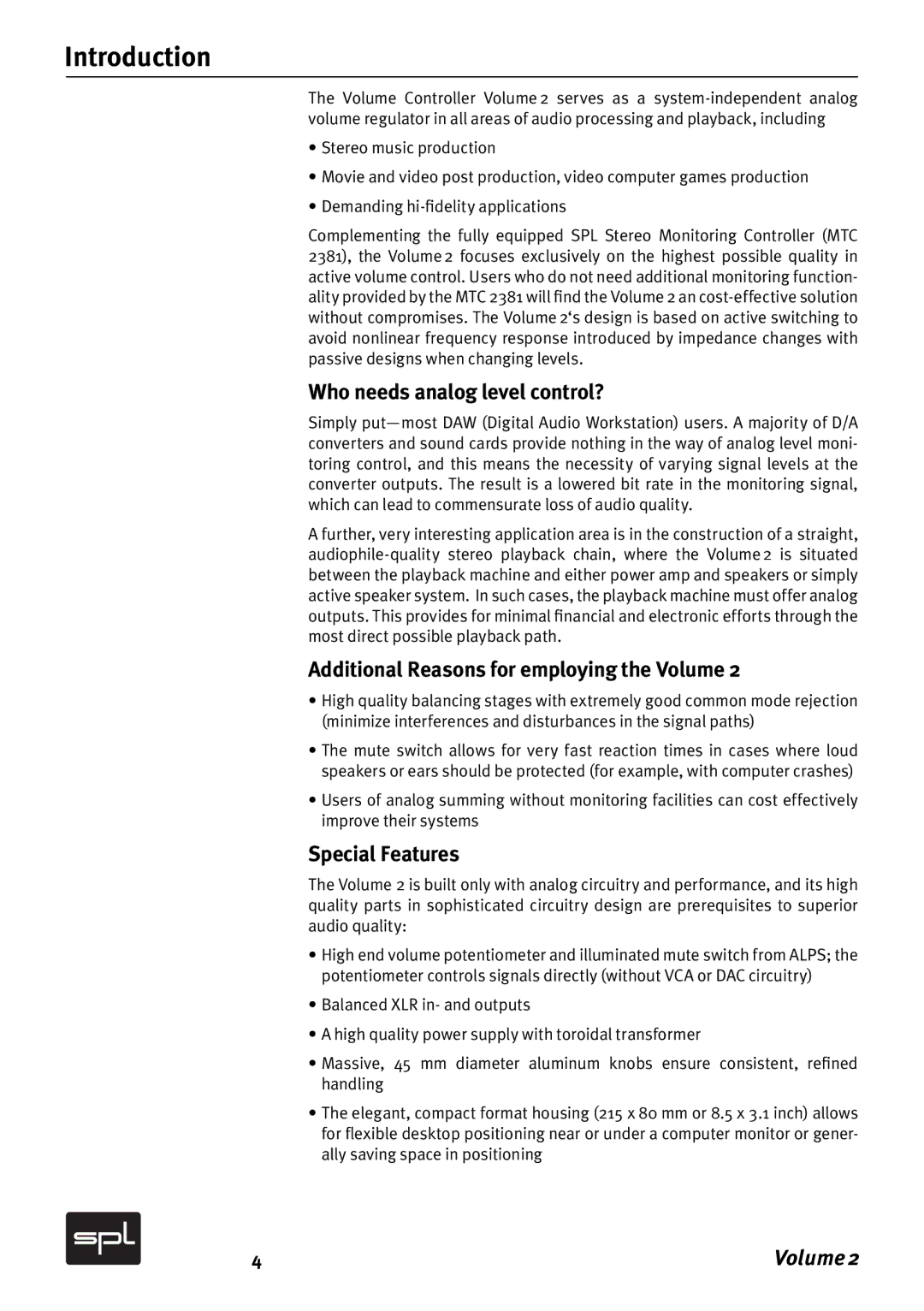Analog Mixer specifications
The Sound Performance Lab Analog Mixer is a powerful and versatile mixing solution designed for audio professionals seeking high-quality sound and advanced functionality. Renowned for its robust build and intuitive design, this mixer stands out in both studio and live sound environments.One of the standout features of the Sound Performance Lab Analog Mixer is its pristine audio quality, achieved through high-performance analog circuitry. The use of premium op-amps and carefully selected components ensures that each channel delivers warmth and clarity, providing a distinctive character to any sound source. This attention to audio fidelity makes it an ideal choice for music production, broadcasting, and live performances.
The mixer boasts a comprehensive layout that includes multiple channels with dedicated EQ settings. Each channel is equipped with a three-band equalizer with adjustable low, mid, and high frequencies, allowing users to shape the tone of each input signal. Additionally, the presence of multiple input options, including XLR, TRS, and RCA, ensures compatibility with a wide range of audio equipment.
Another significant aspect of the Sound Performance Lab Analog Mixer is its built-in effects processing capabilities. Users can enhance their sound with integrated reverb, delay, and modulation effects, providing creative options without the need for external processors. This feature is especially beneficial for live performances, where quick adjustments can be made on the fly.
The mixer also includes comprehensive routing options, enabling signal sends to external processors or monitors. This flexibility is essential for sound engineers who require precise control over their audio signal flow. Furthermore, the user-friendly layout of the mixer allows for effortless navigation, even in the most dynamic environments.
Durability is a key characteristic of the Sound Performance Lab Analog Mixer. Manufactured with high-quality materials, this mixer is designed to withstand the rigors of frequent transport and heavy use. Its rugged exterior and well-constructed knobs and faders ensure longevity and reliability, making it a favorite among touring musicians and sound technicians.
In summary, the Sound Performance Lab Analog Mixer is a remarkable tool engineered for professionals who demand outstanding performance and flexibility. With its top-notch audio quality, versatile effects, intuitive controls, and robust construction, it represents an exceptional choice for those looking to elevate their audio production and live sound experiences. Whether in a studio setting or on stage, this mixer truly excels in delivering superior sound and functionality.

